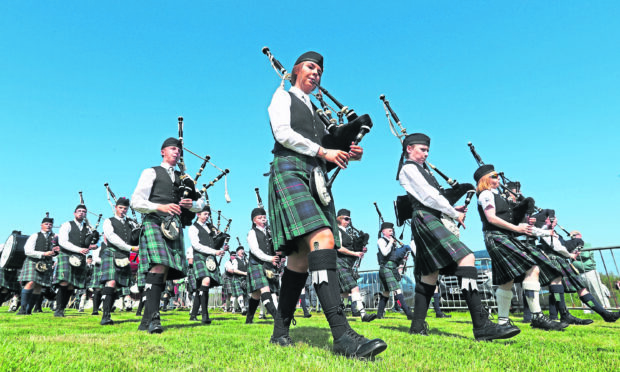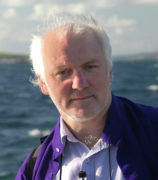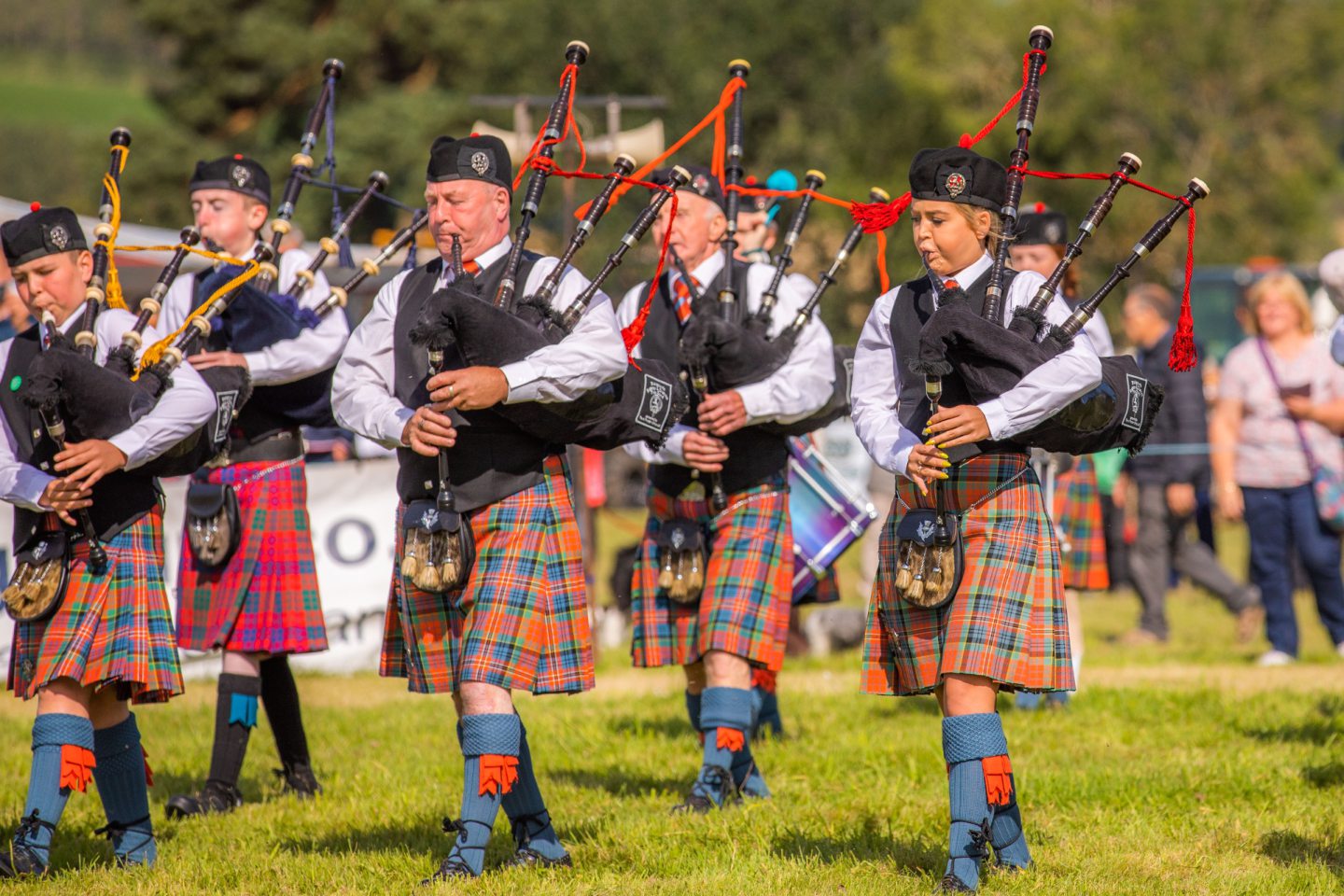Downing Street is named after George Downing, who was a 17th century preacher, soldier, statesman, diplomat, spymaster, politician and landowner.
He was also largely responsible for the acquisition (as it was called) of New York from the Dutch, and consequently has two streets also named after him in the Big Apple – one in Greenwich Village and one in Brooklyn.
He played his political cards right, supporting Cromwell when that was convenient and representing Edinburgh in Cromwell’s Parliament, but then also managed to be pals with King Charles II when the Restoration happened in 1660.
That’s when he was given a valuable piece of land next to St James’s Park, on which he built the famous Downing Street. The great Samuel Pepys called him “a perfidious rogue”, which may also have been a prophetic vision of some of the later inhabitants of the street named after him.
But I became interested in Downing when I read that he wasn’t merely an armchair politician and budding real estate man, but also fought in Cromwell’s campaigns – specifically at the Battles of Dunbar in 1650 and Worcester in 1651.
It was that word – Worcester – that roused my interest, for fighting against him on the field of battle that day (September 3 1651) would have been the greatest piper ever to come out of Scotland: the genius that was Patrick Mòr MacCrimmon.
A Kiss Of The King’s Hand
Patrick Mòr, of course, was one of the famous MacCrimmon dynasty of Skye. The MacCrimmon origins are lost in legend (some arguing a connection with Cremona in Italy), but we can certainly trace the family back to the 14th century and to Iain Odhar MacCrimmon, who was the son of Finlay of the Plaid. Finlay was the piper who first inhabited the lands in Skye, granted to the MacCrimmons by the MacLeods of Dunvegan in return for their services as pipers.
Iain Odhar’s three sons were Pàdraig Donn, Pàdraig Caogach and Donald Mòr MacCrimmon, who became the most celebrated. His son was the great Pàdraig Mòr MacCrimmon, who became the hereditary piper on the death of his father in 1640. He composed the outstanding tune Cumha na Cloinne (The Lament for the Children) after seven of his young children died of smallpox.
There are a couple of versions of how one of Pàdraig Mòr’s other marvellous tunes came to be composed – I Got A Kiss Of The King’s Hand. One account places the event at Stirling, prior to marching to Worcester, but my preferred version is that it took place at Worcester itself, with Downing on the other side. Here’s what happened:
The King, reviewing his troops, saw some 80 bareheaded Highland pipers with MacCrimmon in the centre. On asking: “What society (clan) is that?” he was told: “Sir, you are our King, yonder old man is the King of Pipers”, whereupon King Charles called for MacCrimmon and gave him his hand to kiss. Padraig Mòr did, and later composed the pìobaireachd “Fhuair mi pòg o làimh an Rìgh” (“I got a kiss of the King’s hand”). A considerable honour at the time.
MacCrimmon is Scotland’s Mozart
Sorley MacLean once wrote: “A few months ago my brother John, who is as well qualified to give an opinion as anyone I know, said the the greatest of all Scottish works of art is Cumha na Cloinne, the ‘Lament for the Children’, attributed by the tradition of pipers to Patrick Mòr MacCrimmon. I hardly demurred.”
And neither do I, for in MacCrimmon’s work we have a music which is equal to any of the great musical glories of Europe, from Mozart through to Schoenberg and beyond.
Music, after all, is meant to be enjoyed, not endured
Nowadays, pìobaireachd is treated as rather a niche kind of music, though it was not always so. Pipe bands are popular as a visual spectacle, of course, but the afficionados of Ceòl Mòr (The Great Music – solo pìobaireachd) are fewer.
Part of the reason, as the great piper Allan MacDonald of Glenuig has demonstrated, is that “the song was taken out of the music”: the vital connection between Gaelic song and pipe music was removed through the centuries by editors who reduced the music to mere notes, so that the melody was forgotten. What was played increasingly became a militarised competitive exercise.
Music, after all, is meant to be enjoyed, not endured.
So, if I had my way, I would rename Downing Street MacCrimmon Street. Or – maybe this is better – leave George Downing with his fine spoils by the Thames, and rename Holyrood Palace MacCrimmon Palace.
The King Of Pipers deserves a capital place to call his own.
Angus Peter Campbell is an award-winning writer and actor from South Uist


